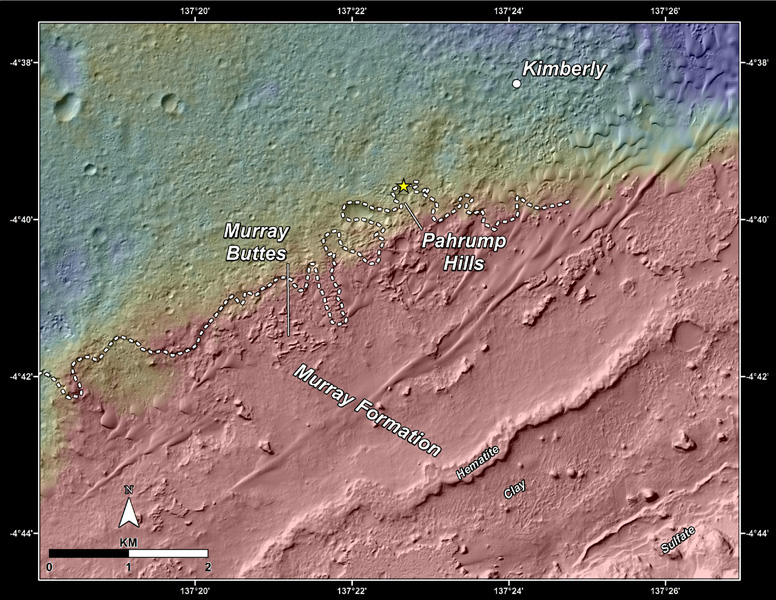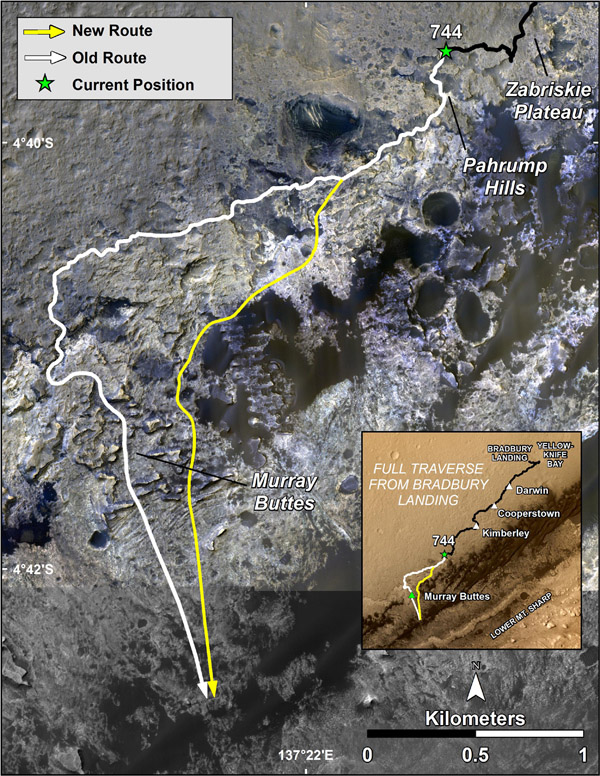I'll just use this post to dump links that might interest you concerning both these missions. First off, Maven, a mission dedicated to studying Mars' atmosphere, in particular, the volatiles and other important trace gases that exist in the Martian air like argon, oxygen, hydrogen and methane, the one gas that may signify ongoing biological activity. Checkout the mission's homepage over at NASA as well as the lab for atmospheric and space physics' homepage. First images from the spacecraft's ultraviolet spectrograph and imager with a description can be found here.
Mangalyaan made many Indians proud yesterday when it succesfully slipped into an elliptical orbit around Mars. They are only the fourth nation or geo-bloc to do so. Below are images taken by the spacecraft showing I think a view of the ancient cratered highlands south of Syrtis major which is the black feature near the bottom. Checkout the Indian space research organisation's homepage for updates (though it seems they make more use of their facebook page for posting updates).
 |
| Credit: ISRO |
Here is a map showing context (also from the facebook page which is teeming with enthusiasts right now helping to make sense of the first images). Note for both images north is down.
Here is another image showing a limbic view and the dusty atmosphere.
 |
| Credit: ISRO |
The last image was taken at an altitude of 8449 km according to the mission's facebook page so we should soon get a good full disc view when the spacecraft reaches apopsis at 77000 km above the planet. Do keep on reading over at Emily's blog.



